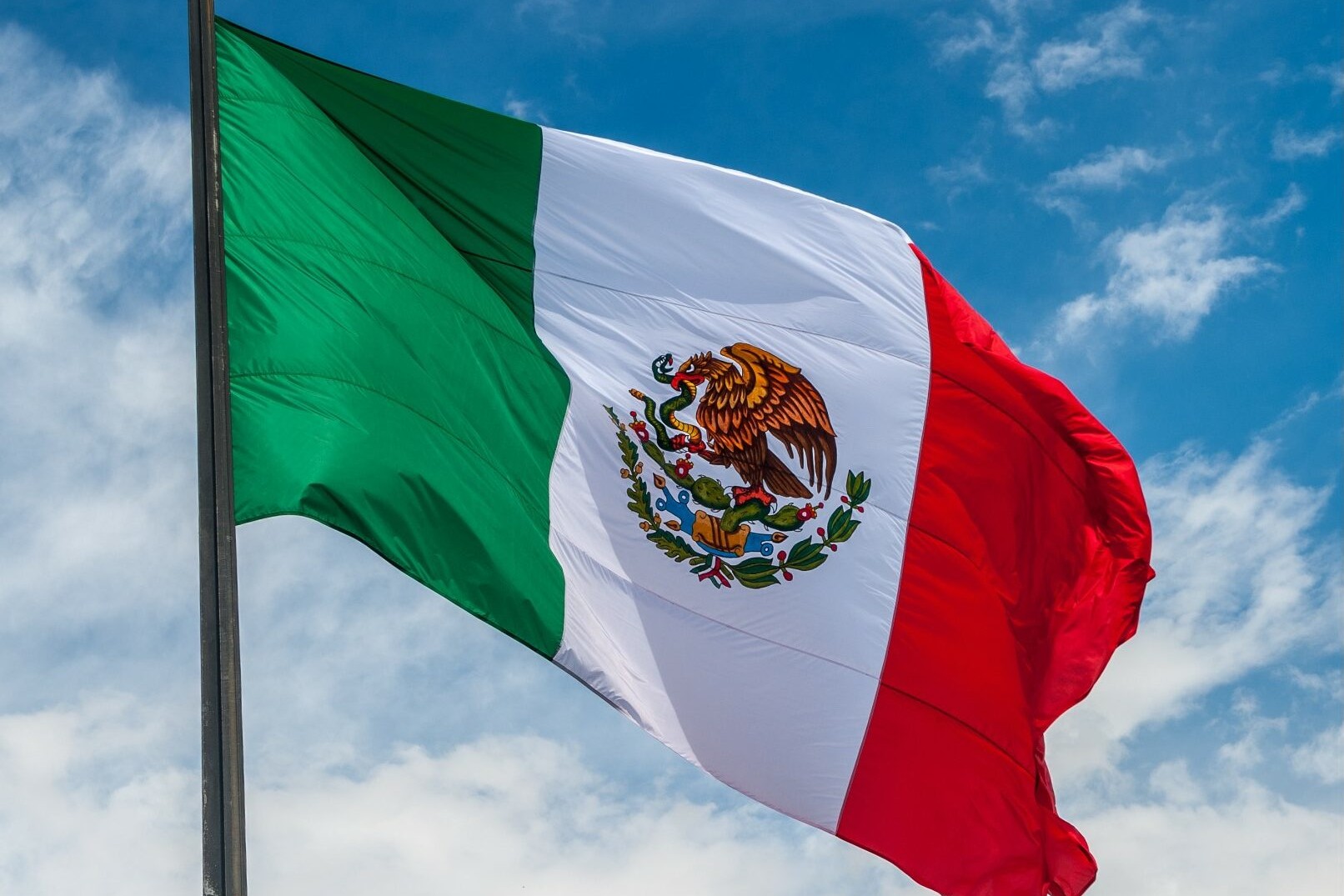
The Mexican flag is more than just a piece of cloth; it's a symbol of national pride and history. Did you know that the flag's design has deep roots in Aztec mythology? The green, white, and red colors each hold significant meaning. Green stands for hope and prosperity, white represents purity and peace, while red symbolizes the blood of national heroes. The emblem in the center, an eagle perched on a cactus with a snake in its beak, tells a legendary story of the Aztecs' search for a new home. Ever wondered why the flag is so revered? It's because it embodies the spirit and resilience of the Mexican people. From its origins to its modern-day significance, the Mexican flag is a fascinating emblem worth exploring.
The Colors of the Mexican Flag
The Mexican flag is a symbol of national pride and history. Each color on the flag holds deep meaning and significance.
-
Green represents hope and prosperity. It symbolizes the lush landscapes and the promise of a bright future.
-
White stands for purity and peace. It reflects the desire for harmony among the people of Mexico.
-
Red signifies the blood of national heroes. It honors those who fought for Mexico's independence and freedom.
The Coat of Arms
At the center of the Mexican flag lies a powerful emblem. This coat of arms tells a story rooted in ancient legend and culture.
-
The eagle perched on a cactus is a nod to an Aztec legend. The Aztecs believed they would find their new city where they saw an eagle eating a snake on a cactus.
-
The snake in the eagle's beak represents the triumph of good over evil. It symbolizes the strength and resilience of the Mexican people.
-
The cactus is a prickly pear cactus, also known as a nopal. It is a common plant in Mexico and holds cultural significance.
-
The lake depicted at the bottom of the emblem represents Lake Texcoco. This is where the Aztecs founded their capital, Tenochtitlán, which is now Mexico City.
Historical Changes
The Mexican flag has undergone several changes throughout history. Each version reflects the country's evolving identity and values.
-
The first flag was created in 1821. It featured the same colors but had a different design.
-
Emperor Iturbide's flag in 1822 included a crown above the eagle. This represented the short-lived Mexican Empire.
-
The Republican flag of 1823 removed the crown. It marked the beginning of Mexico as a republic.
-
The current design was officially adopted in 1968. It remains a powerful symbol of Mexican identity.
Flag Day
Mexico celebrates its flag with a special day dedicated to honoring this national symbol.
-
Flag Day is celebrated on February 24th. It is a day to reflect on the flag's importance and history.
-
Schools and government buildings often hold ceremonies. These events include raising the flag and singing the national anthem.
-
Patriotic parades are common on Flag Day. Citizens show their pride by waving flags and wearing the national colors.
Fun Facts
Here are some interesting tidbits about the Mexican flag that you might not know.
-
The flag must be treated with respect. There are strict laws about how it can be displayed and handled.
-
The flag has its own anthem. The "Toque de Bandera" is played during official flag ceremonies.
-
The flag's proportions are unique. It has a 4:7 ratio, making it longer than many other national flags.
-
The flag is flown at half-mast on certain days. This honors national tragedies and important figures who have passed away.
-
The flag is a source of inspiration for artists and designers. It appears in various forms of art, from paintings to fashion.
-
The flag is a unifying symbol. It brings together people from different backgrounds and regions, fostering a sense of national unity.
The Mexican Flag: A Symbol of Pride
The Mexican flag stands as a powerful symbol of national pride and heritage. Its vibrant colors and rich history tell the story of a nation that values freedom, unity, and cultural identity. From the eagle devouring a serpent to the green, white, and red stripes, every element holds deep significance. Whether you're a history buff or just curious, knowing these facts can deepen your appreciation for this iconic flag. Next time you see it waving, you'll understand the layers of meaning behind its design. So, keep these facts in mind and share them with others. The more we know about symbols like the Mexican flag, the more we can appreciate the diverse cultures that make our world so fascinating.
Was this page helpful?
Our commitment to delivering trustworthy and engaging content is at the heart of what we do. Each fact on our site is contributed by real users like you, bringing a wealth of diverse insights and information. To ensure the highest standards of accuracy and reliability, our dedicated editors meticulously review each submission. This process guarantees that the facts we share are not only fascinating but also credible. Trust in our commitment to quality and authenticity as you explore and learn with us.
